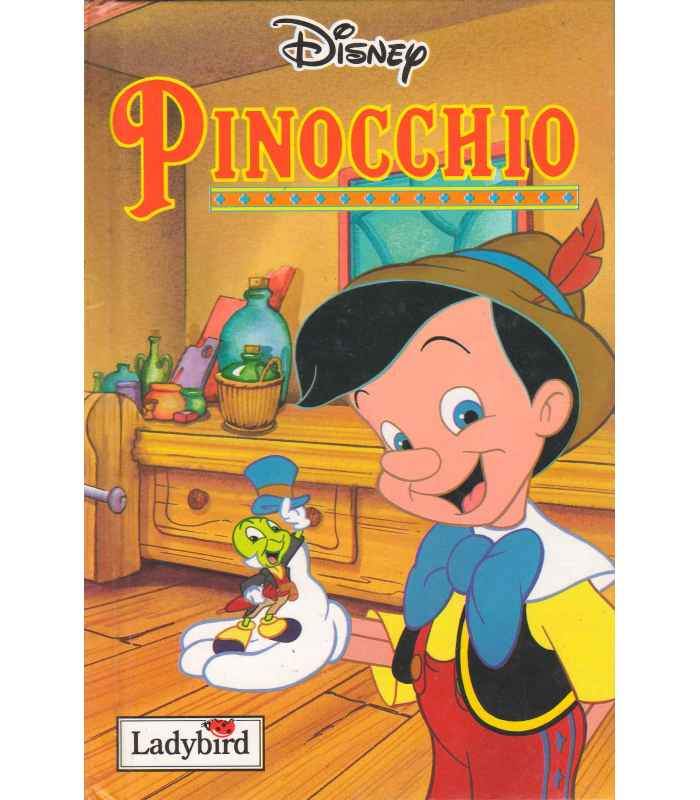

Because of these characteristics, he often finds himself in trouble. His nose becomes longer when lying to others. He often gets carried away by bad company and is prone to lying. However, the piece of wood from which he is derived is animated, and so Pinocchio moves independently. Pinocchio is a wooden marionette (a puppet that is manipulated with wires or strings) and not a hand puppet (directly controlled from inside by the puppeteer's hand). He shut his eyes, opened his mouth, stretched his legs, gave a long shudder, and hung stiff and insensible. And the swinging gave him atrocious spasms.His breath failed him and he could say no more. Ī tempestuous northerly wind began to blow and roar angrily, and it beat the poor puppet from side to side, making him swing violently, like the clatter of a bell ringing for a wedding. Pinocchio's enemies, the Fox and the Cat, bind his arms, pass a noose around his throat, and hang him from the branch of an oak tree. It concluded with the puppet's execution. Collodi originally intended the story, which was first published in June 1881 in the children's magazine Il Corriere dei Piccoli, to be a tragedy.

Pinocchio's bad behavior, rather than being charming or endearing, is meant to serve as a warning. In the original tale, Collodi describes him as a "rascal," "imp," " scapegrace" (mischievous or wayward person), "disgrace," "ragamuffin," and "confirmed rogue," with even his father, carpenter Geppetto, referring to him as a "wretched boy." Upon being born, Pinocchio immediately laughs derisively in his creator's face, whereupon he steals the old man's wig. Pinocchio is known for having a short nose that becomes longer when he is under stress (chapter 3), especially while lying.

Pinocchio's characterization varies across interpretations, but several aspects are consistent across all adaptations: Pinocchio is an animated sentient puppet, Pinocchio's maker is Geppetto and Pinocchio's nose grows when he lies. The name Pinocchio is possibly derived from the rare Tuscan form pinocchio (“pine nut”) or constructed from pino (“pine tree, pine wood”) and occhio ("eye"). Collodi often used the Italian Tuscan dialect in his book. His story has been adapted into many other media, notably the 1940 Disney film Pinocchio. Pinocchio is a cultural icon and one of the most reimagined characters in children's literature. He is known for his long nose, which grows when he lies. He is created as a wooden puppet, but he dreams of becoming a real boy. Pinocchio was carved by a woodcarver named Geppetto in a Tuscan village. Pinocchio ( / p ɪ ˈ n oʊ k i oʊ/ pin- OH-kee-oh, Italian: ) is a fictional character and the protagonist of the children's novel The Adventures of Pinocchio (1883) by Italian writer Carlo Collodi of Florence, Tuscany.


 0 kommentar(er)
0 kommentar(er)
